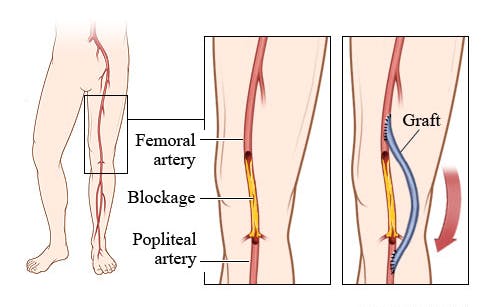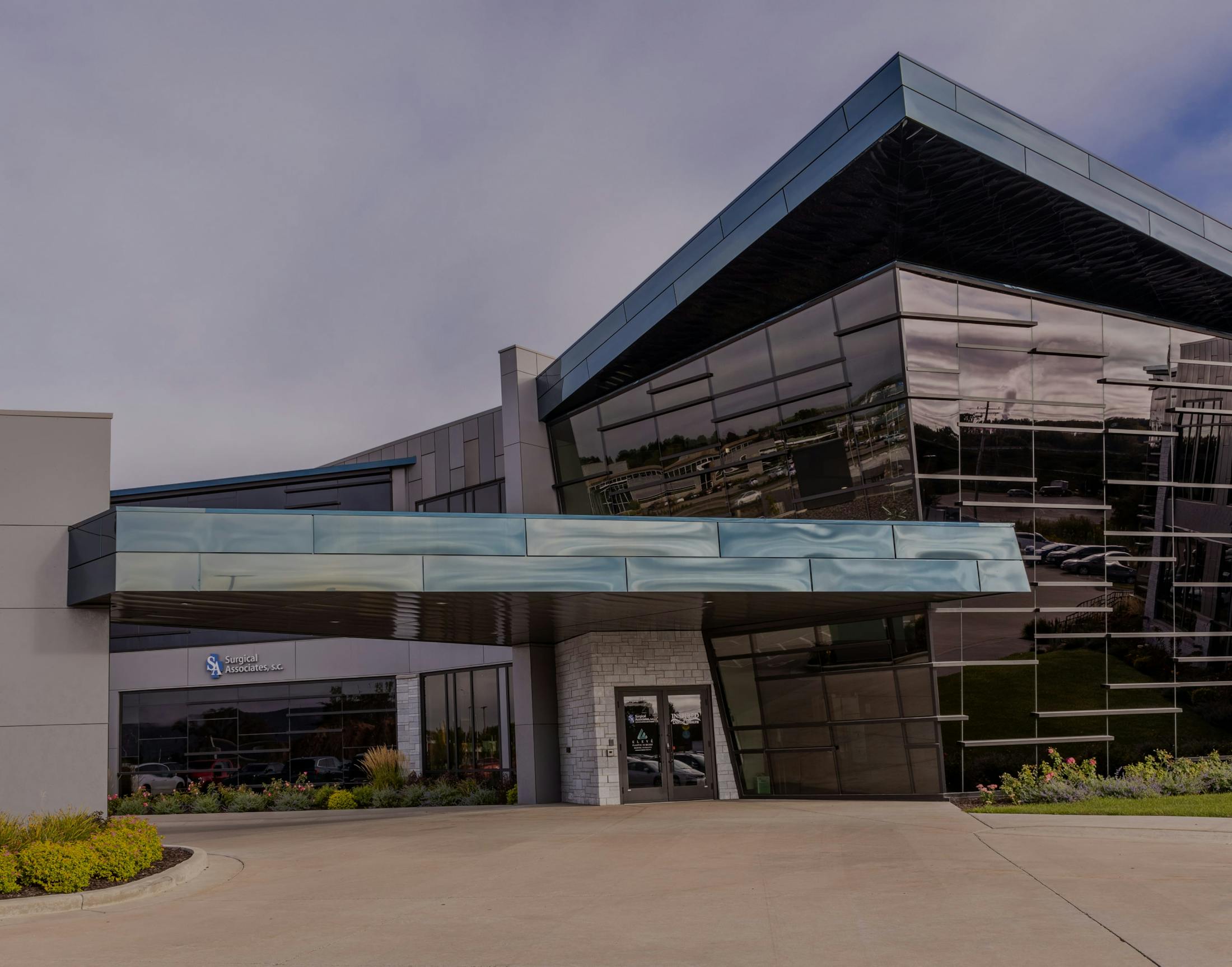Revitalize your vascular health with our Lower Extremity Revascularization in Wausau, WI. Experience cutting-edge care designed to restore your mobility, alleviate pain, and enhance your quality of life. Your journey to improved vascular health starts here.
Restoring Blood Flow to Prevent Vascular Complications
When blood vessels in the lower extremities are obstructed due to conditions like atherosclerosis, the need for revascularization arises. This procedure aims to open or bypass blocked arteries, restoring proper blood flow and preventing the progression of vascular disease. Revascularization not only alleviates symptoms but also reduces the risk of complications such as non-healing wounds and amputations.











